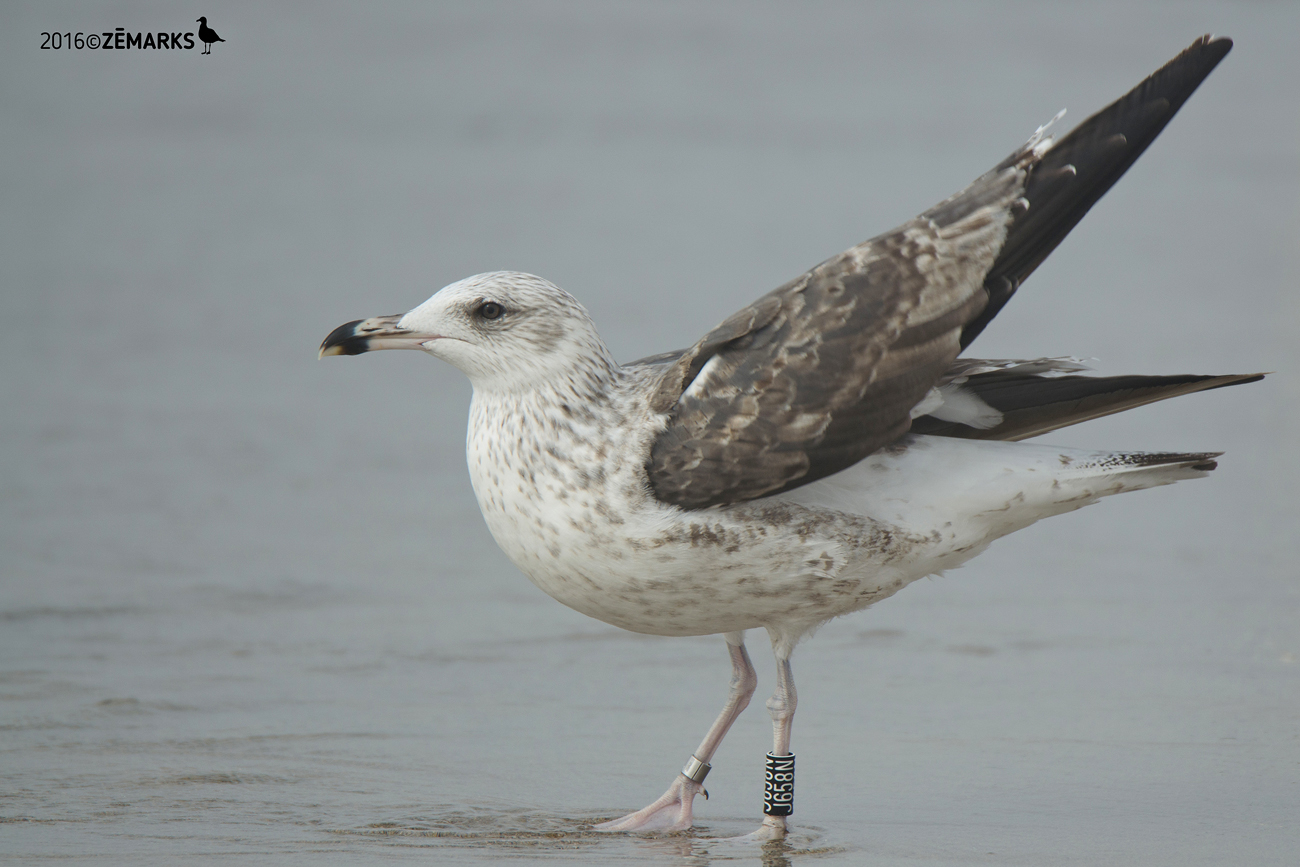 Lesser Black-backed Gull (graellsii & intermedius)
Lesser Black-backed Gull (graellsii & intermedius)
(last update: May 17 2015)
lbbg 1cy May
lbbg 1cy June
lbbg 1cy July
lbbg 1cy August
lbbg 1cy September
lbbg 1cy October
lbbg 1cy November
lbbg 1cy December
lbbg 2cy January
lbbg 2cy February
lbbg 2cy Mar-April
lbbg 2cy May
lbbg 2cy June
lbbg 2cy July
lbbg 2cy August
lbbg 2cy September
lbbg 2cy October
lbbg 2cy Nov - Dec
lbbg 3cy Jan-April
lbbg 3cy May
lbbg 3cy June
lbbg 3cy July
lbbg 3cy August
lbbg 3cy September
lbbg 3cy October
lbbg 3cy Nov - Dec
lbbg sub-ad Jan-April
lbbg sub-ad May
lbbg sub-ad June
lbbg sub-ad July
lbbg sub-ad Aug
lbbg sub-ad Sept
lbbg sub-ad Oct
lbbg sub-ad Nov
lbbg sub-ad Dec
lbbg adult January
lbbg adult February
lbbg adult March
lbbg adult April
lbbg adult May
lbbg adult June
lbbg adult July
lbbg adult August
lbbg adult September
lbbg adult October
lbbg adult Nov - Dec
Lesser Black-backed Gull intermedius J658N 2CY, October 06 2016, Matosinhos Beach, Matosinhos, Portugal. Picture: José Marques.
Please visit José's FLICKR PHOTO STREAM and also José Blog "Seabirds Portugal".
OBSERVATION REPORT
∞
RINGS
Color ring - N[J658N]
Metallic ring - 4276340
EURING code - 05910 - www.cr-birding.org/node/1152
Right leg (tarsus) - Black ring with a white five alpha-numeric code
Left leg (tarsus) - Metallic ring
Ringers - Helberg, Morten - Lome, Carsten
Age at first ring - Pullus - Date - 2015.06.18
Place where ringed - Søndre Skjælholmen, Nesodden, Akershus & Oslo, Norway
∞
SPECIES
Type of bird - Larus fuscus
Age & Sexe - immature - unknown
∞
OBSERVATION
Date of the sighting - 06.10.2016 - Time - morning
my sightings/2016: 1 - total of my sightings: 1
Place - Matosinhos beach, Matosinhos, Portugal
Coordinates: - 41.176885 – 8.693382
∞
LIFE HISTORY
Date Location Observer
18.06.2015 - Søndre Skjælholmen, Nesodden, Akershus & Oslo, Norway (ringed)
10.10.2015 - Lariño Beach, Carnota, La Coruña, Spain – Ramsés Pérez
22.09.2016- Cap-Gris-Nez, Pas-de-Calais, France – Jean Michel Sauvage
06.10.2016 - Matosinhos beach, Matosinhos, Portugal – José Marques
Probably, due to an extensive post-juvenile moult in late winter (1st winter), the complete moult in summer followed a 'jumpy strategy' which now resulted in a more or less random mix of fresh dark grey and worn faded brown coverts.
P9 fully grown, P10 still old juvenile.
